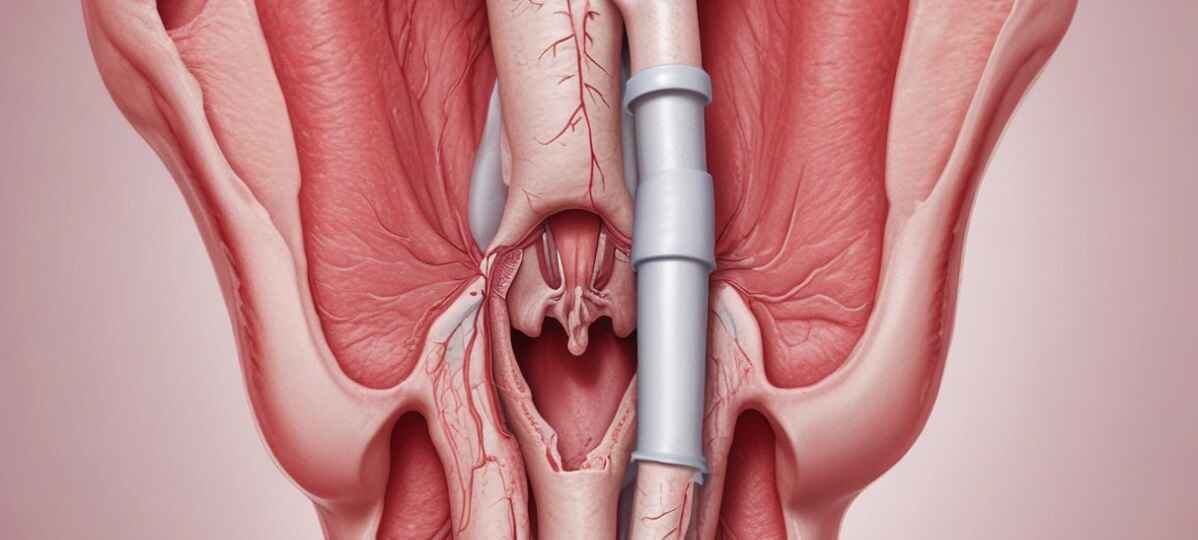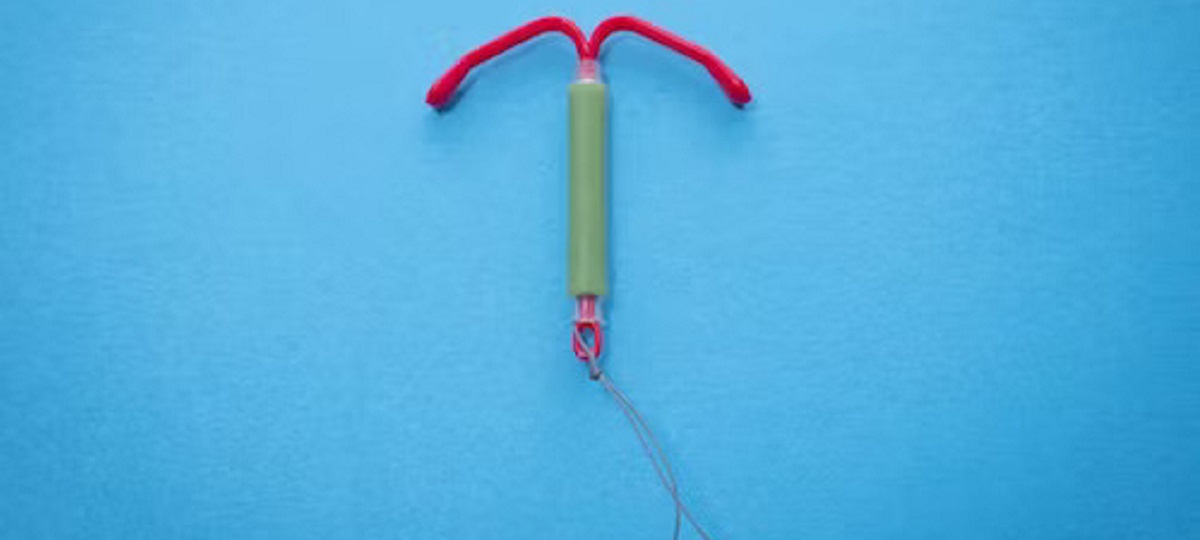Considering the Pros and Cons of Uterine Fibroid Embolization
Uterine fibroid embolization (UFE) is a minimally invasive procedure used to treat uterine fibroids by cutting off their blood supply, causing them to shrink. This procedure has gained popularity as an alternative to more invasive surgical options like hysterectomy or myomectomy. However, like any medical treatment, UFE has advantages and disadvantages. Women considering this option … Read more








